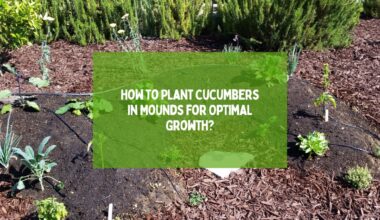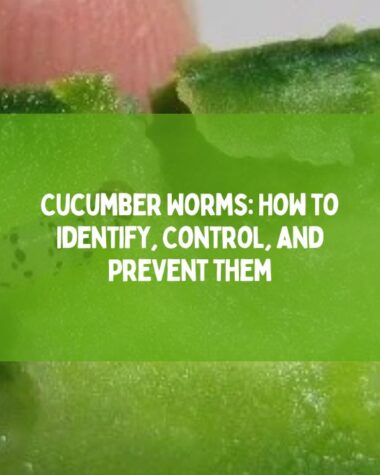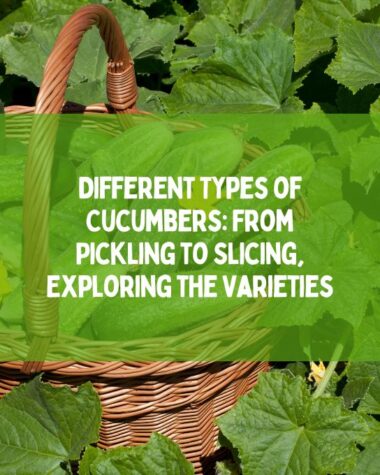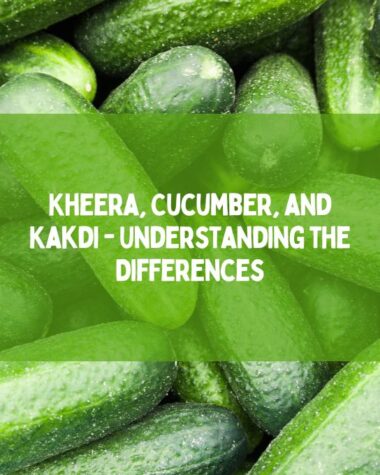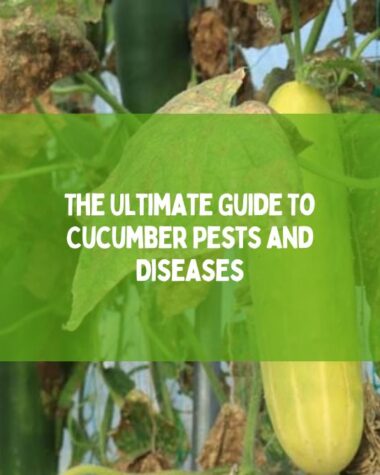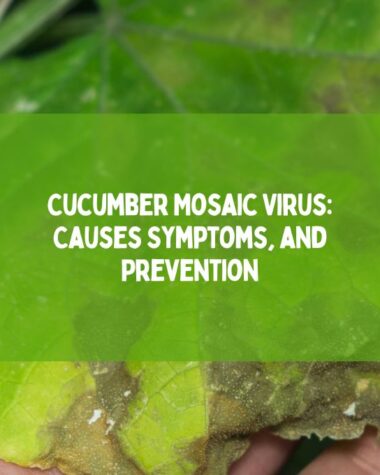Cucumber leaves can wilt and die for many reasons, such as fungal or bacterial infections, lack of water, pests, or insufficient nutrients. To stop more damage and make sure the cucumber plant stays healthy, it is important to find the problem and treat it correctly.
Cucumber leaves wilting and dying is a common problem for many gardeners, but it can be solved. Wilting cucumber leaves indicate something is wrong with the plant, either from a lack of water or an underlying issue.
As a horticulturist who specializes in diseases, I can offer advice on how to stop the wilting of cucumber leaves. Make sure that you read this article through to the end so that you can avoid the kinds of problems that are affecting the yield of your cucumber crop.
Let’s first examine the causes, signs, and treatment for cucumber bacterial wilt.
What Is The Bacterial Wilt Of Cucumber?
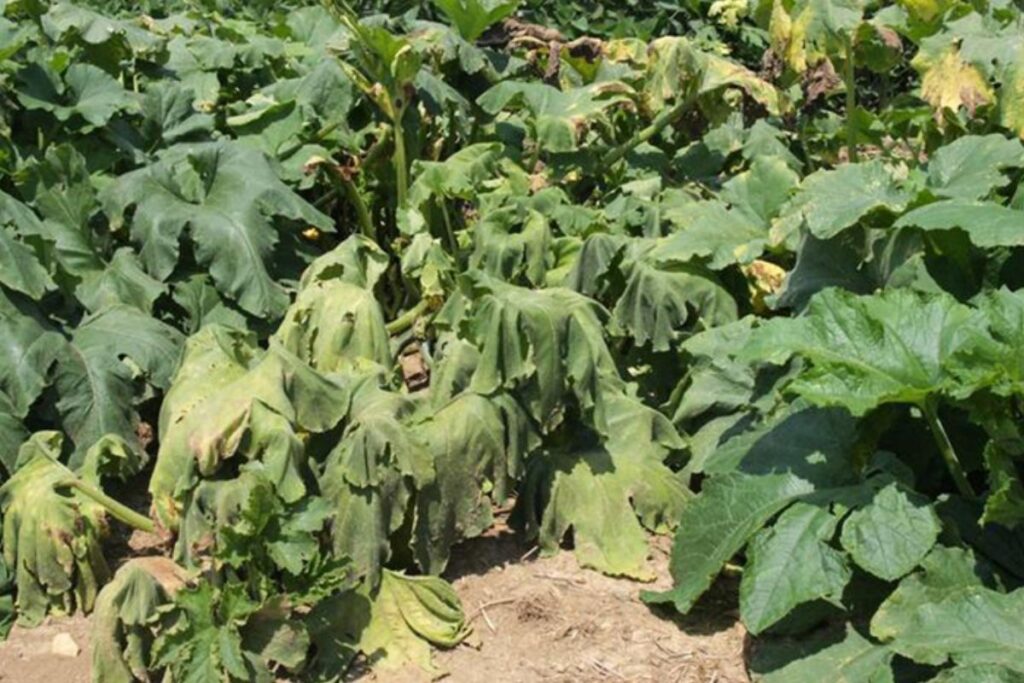
The bacterial wilt of cucumber is a plant disease caused by the fungal pathogen Erwinia tracheiphila.
Bacterial wilt is spread by cucumber beetles, which can carry bacterial spores from infected plants to uninfected ones. The feeding of these beetles on cucumber plants results in the creation of small, seemingly innocuous wounds; however, the damage they do is not harmful. But when the dung of the beetle touches these wounds, the bacteria enter the plant.
When a plant becomes infected, cucumber beetles that feed on it pick up additional bacteria, which they can then spread to additional cucumber plants.
Cucumber Bacterial Wilt Disease Diagnosis
Here are the steps to diagnose if cucumber plants are wilting:
- Examine the leaves: Check the leaves for any signs of discoloration, spots, or mold.
- Check the soil: Test the soil’s moisture level. If the soil is too dry or too wet, it can cause the leaves to wilt.
- Look for pests: Check for any pest infestation, such as spider mites or aphids.
- Analyze environmental factors: Consider environmental factors like temperature, humidity, and sunlight
- Identify any disease: Find out if the problem is caused by a bacterial or fungal infection.
- Consult a gardening expert: If you can’t figure out what’s wrong or aren’t sure what’s causing it, you should talk to a gardening expert.
Cucumbers Wilting Symptoms
Here are some common symptoms of cucumber leaf wilting:
- Leaves become soft and droopy.
- Yellowing of leaves or brown spots on them.
- Stunted growth of the plant.
- Crispy or dried-out leaves.
- Wilting of the entire plant or part of it.
- Mold or fungal growth on the plant.
If you notice any of the symptoms mentioned above, be assured that your cucumber crop has been infected with the disease.
Read More:
- Cucumber Mosaic Virus: Causes Symptoms, and Prevention
- What are the best cucumber varieties for greenhouses?
Why Is My Cucumber Plant Wilting? 5 Reasons

Wilting cucumbers can be a frustrating problem for many gardeners. But understanding the cause of the wilting is the first step to solving it.
Here are 5 common reasons why cucumber plants may start to wilt:
- Bacterial Wilt: Bacterial wilt is a common cause of wilting cucumber plants. The leaves will turn yellow and fall off, and the stems will turn brown and dry out. A sign of bacterial wilt is when you cut open the stem and find a thick, slimy liquid oozing out.
- Overwatered Cucumber Plant: If your cucumber plant is overwatered, it can cause the leaves to droop, discolor, and eventually die. Make sure you water your plants correctly; allow the soil to dry out between waterings.
- Too Much Sun: Cucumber plants need plenty of sunshine to grow, but too much sun can cause the leaves to wilt. Be sure to give your cucumber plants some shade during hot summer days.
- Nutrient Deficiency: If your cucumber plant isn’t getting enough essential nutrients like nitrogen, phosphorus, and potassium, it will suffer. Add compost or fertilizer to your soil to ensure your cucumber plants get the necessary nutrients.
- Striped Cucumber Beetle: Striped cucumber beetles are one of the most common pests that attack cucumbers. These pesky insects feed on the foliage and fruit of cucumber plants, causing wilting and death. To control them, try using floating row covers or insecticidal sprays.
It’s crucial to determine the underlying cause of your cucumber plant’s wilting and take the necessary steps to stop further harm. The 5 causes of cucumber wilting that we discussed are merely a few of the many possible causes of this issue.
You can contribute to ensuring the health and productivity of your cucumber crop by regularly checking on your plants and giving them the care they need.
Related Reading:
Cucumber Companion Planting: What To Grow With Cucumbers And What To Not Grow
How to Control Cucumber Bacterial Wilt Diseases?
Cucumber bacterial wilt is a serious disease that can affect the yield and quality of your cucumber plant. Fortunately, there are several ways to control this disease and prevent further damage.
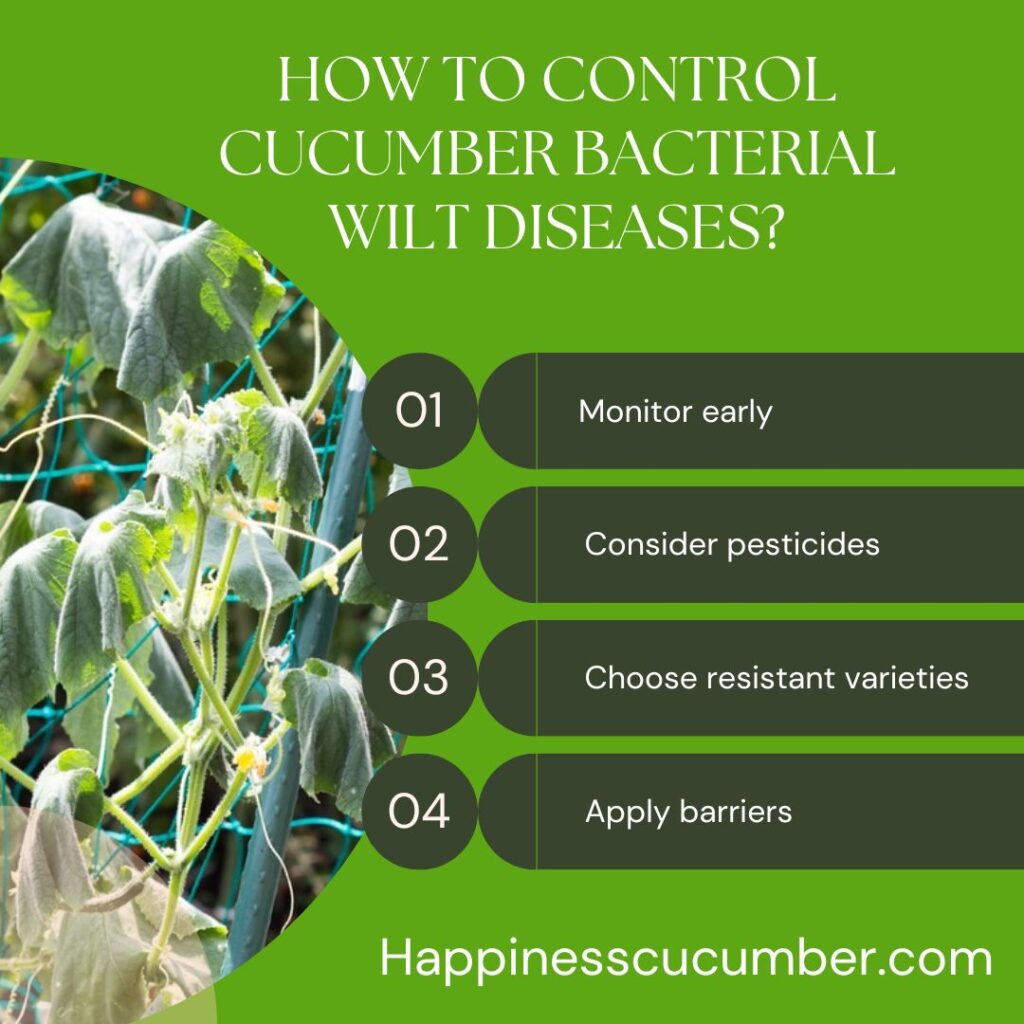
Here are some effective ways to control cucumber bacterial wilt:
Monitor early
Monitoring early is the best way to control cucumber bacterial wilt. Keep a close eye on your cucumber plants for any signs of bacterial wilt. Look for symptoms such as wilting leaves, yellowing or browning of the leaves, and stunted growth. If you spot any of these symptoms, take immediate action to control the disease.
Consider pesticides
Chemical pesticides can be used to control bacterial wilt in cucumbers. However, choosing the right pesticide and applying it correctly is essential. Be sure to follow the directions on the label and apply the spray when needed. This can help reduce the spread of the disease, although it may not eliminate it.
Choose resistant varieties
If possible, choose resistant varieties. Certain cucumber varieties are resistant to bacterial wilt. When you choose cucumber seeds, look for varieties that are resistant to the disease. This will help keep the disease from spreading to your plants. Also, check with your local nursery to find out which varieties are most likely to resist bacterial wilt.
Apply barriers
Apply barriers around the plants that can help prevent the spread of bacteria. A physical barrier such as plastic sheeting or an organic material like a straw can act as a deterrent to help limit the spread of the disease. Creating physical barriers can help prevent the spread of bacterial wilt. Covering your plants with a row cover or using crop rotation can help reduce the likelihood of infection.
To sum up, getting rid of cucumber bacterial wilt requires finding it early, keeping an eye on it carefully, and managing it well. By taking these steps, you can help prevent the spread of this disease and ensure the health and productivity of your cucumber plants.
With a bit of effort, you can enjoy a bumper crop of cucumbers this season!
